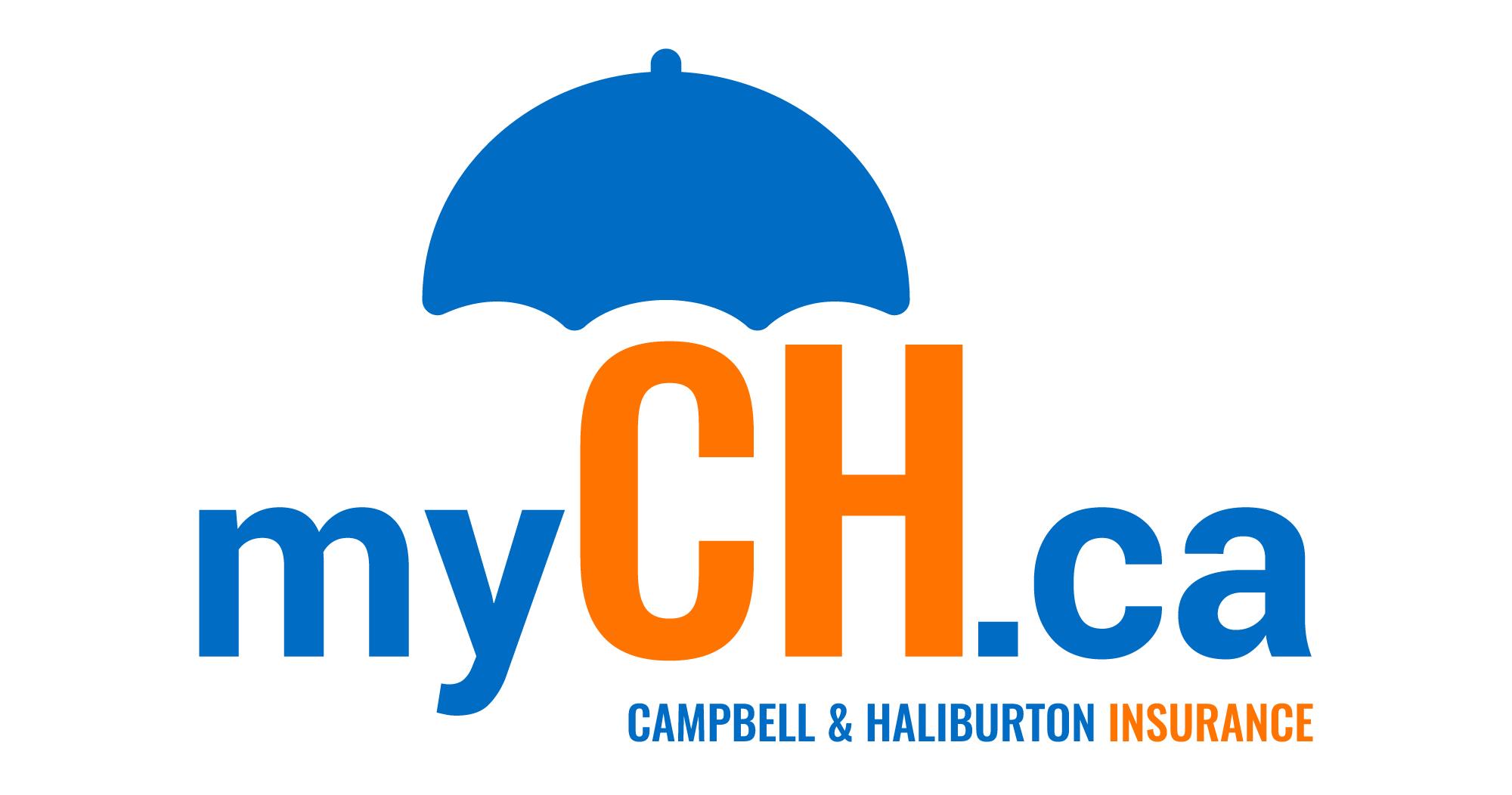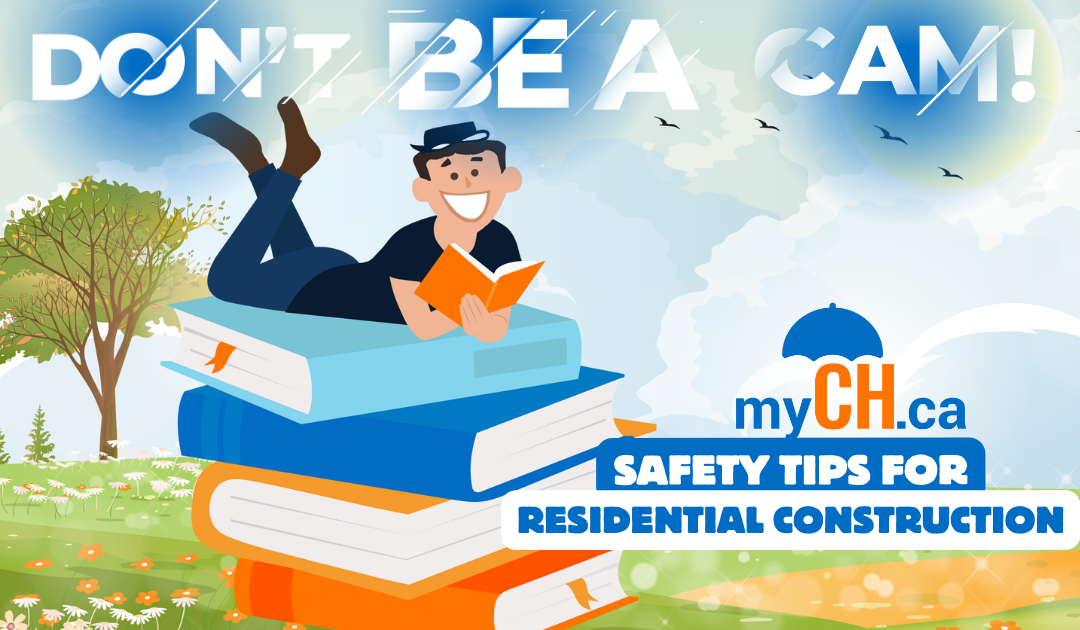This week’s Cam blog featured him get into trouble while trying to make some home renovations. For that reason, the myCH.ca team wants to discuss some important safety tips for residential construction. Before we start, remember: always contact your insurance broker and follow the necessary safety precautions before you make any home renovations.
Home Renovation & Residential Construction
Identifying Hazards
Before beginning any home renovation, it’s important to identify and address any hazards. In planning for your upcoming renovation, the following steps should be followed:
- Identify any hazards present.
- Address the hazards by ensuring preventive measures are taken, and workers are educated.
- Address and rectify any unsafe work behaviors exhibited by employees.
Control Risks
Controlling risks found in the workplace includes these steps:
- Eliminate the hazard.
- Substitute a safer alternative.
- Ensure that people are removed from the risk area if it cannot be eliminated and change how you perform the work.
- Always use the appropriate Personal Protective Equipment (PPE).
Risk Mitigation
Examples of the types of activities that can present risk include working at, in or with:
- Elevated heights
- Depths of 4 feet deep or greater
- Confined spaces
- Asbestos, lead, mercury, or PCBs (polychlorinated biphenyls), which a qualified contractor must remove
- Proximity to energized equipment or conductors such as powerlines, pipelines, utilities, etc.
- Exposure to hazardous materials in use or being stored
- Explosives
- Mobilized equipment
- Crushing dangers

Trenches and Excavations
Definitions of a trench or an excavation are as follows: The definition of a trench is any cut, cavity, trench, or depression that results from the removal of rock or soil. A trench, however, is a defined area less than 12 feet wide at the bottom and more than four feet deep.
Safety Considerations
While excavating there are safety considerations to be aware of. We recommend that you:
- Never drill with power tools before knowing the location of all underground utilities.
- Never probe for underground utilities with pointed tools.
- Trenches must be sloped to professional requirements for safety prior to workers entering the trench.
- Always remove or secure hazards such as trees, utility poles, rocks, or other objects that may be adjacent to the to the area.
It’s always best practice to consult with a professional contractor before pursuing any residential construction, including excavation and trenching. More information can be found in the publication Safe Work Practices in Residential Construction and by consulting the resource on excavation from WorkSafeBC.

